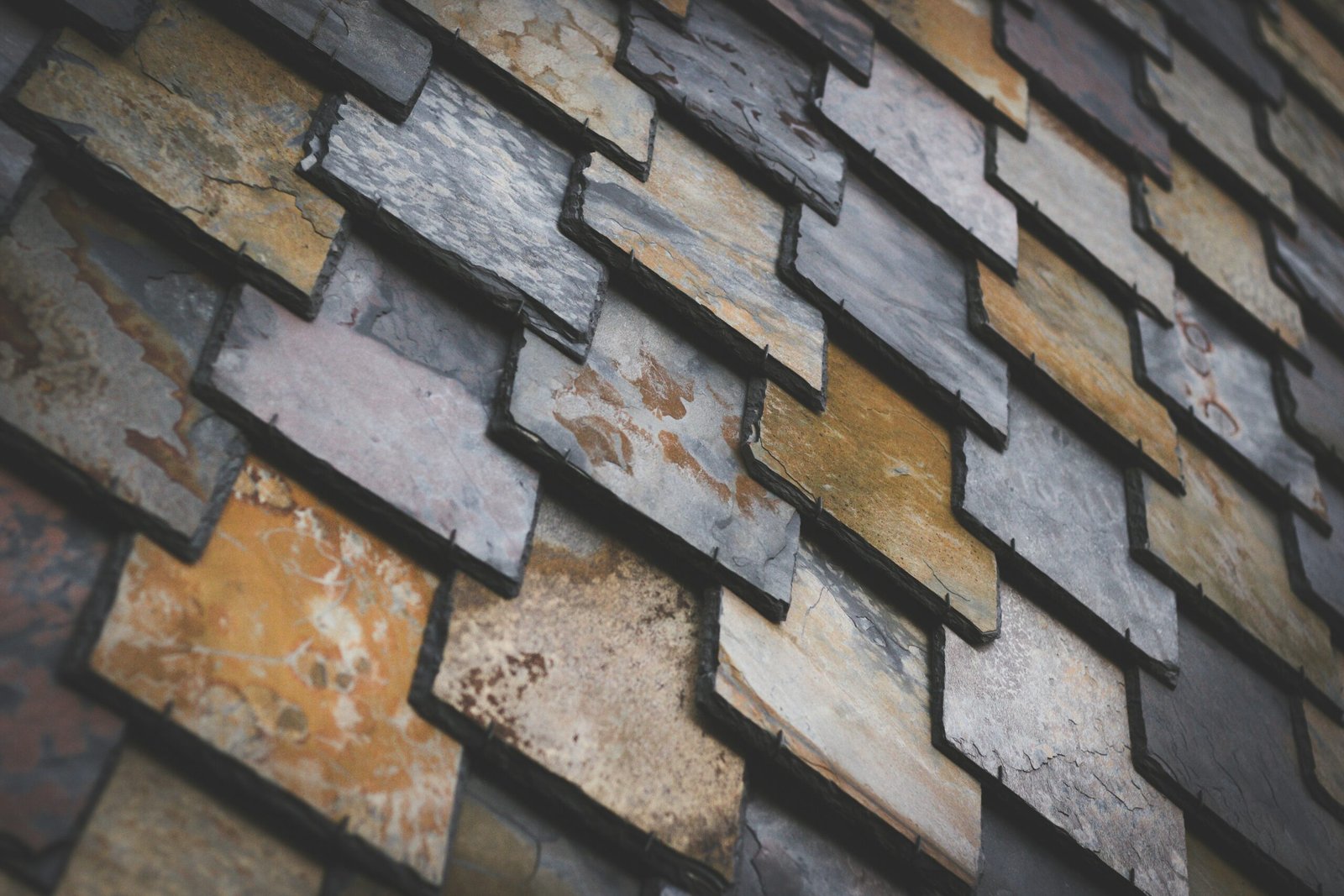Introduction to Tile Roofing
Tile roofing is a distinctive and valued option for homeowners, particularly in regions like Central Florida. Renowned for its aesthetic appeal, tile roofs can elevate the architectural style of any home, offering a range of colors, designs, and materials to suit various tastes. The two most common types of tile roofing are clay and concrete. Clay tiles are traditionally favored for their timeless elegance and durability, while concrete tiles provide a cost-effective alternative without sacrificing performance.
One of the primary benefits of tile roofing is its exceptional durability. Tiles are designed to withstand harsh weather conditions, including high winds and heavy rains, which are common in Central Florida. This resilience makes tile roofs a popular and long-lasting investment for homeowners in Brevard County. The lifespan of a tile roof can often exceed 50 years, offering a reliable shelter that requires minimal maintenance.
Additionally, tile roofing offers notable energy efficiency advantages. The natural insulating properties of tile help to regulate indoor temperatures, keeping homes cooler in the summer and warmer in the winter. This energy efficiency can lead to reduced energy costs, a crucial factor for homeowners in the warm climate of Central Florida. By reflecting sunlight, tile roofs contribute to a cooler living environment, ultimately benefiting both occupants and the environment.
In conclusion, tile roofing stands out as a resilient, aesthetic, and energy-efficient choice for homeowners in Central Florida. Its various styles and materials allow for personal expression while providing the necessary durability to withstand local climate challenges. For those considering roofing options, tile is a compelling option that combines beauty with practicality.
Replacement and Repair of Tile Roofing
Tile roofing is known for its durability and longevity; however, it is not immune to issues that may necessitate replacement or repair. One of the primary reasons homeowners in Central Florida might consider tile roof replacement is age. As roofs age, they can become increasingly vulnerable to various forms of damage. Typically, a well-maintained tile roof can last anywhere from 50 to 100 years, but factors such as local climate, maintenance routines, and material quality can significantly influence this lifespan.
Another common reason for tile roof repair or replacement is damage from storms. Central Florida experiences regular thunderstorms, which can cause tiles to crack or damage beyond a simple tile roof repair. Heavy winds, hail, and flying debris during severe weather events can compromise the integrity of the roof. Homeowners should regularly inspect their roofing systems, especially after a storm, to detect such damage early and minimize potential problems down the line.
Wear and tear from the elements can also lead to the need for repairs. Over time, exposure to sun, rain, and fluctuating temperatures can erode the protective qualities of tile roofing, leading to leaks or additional structural concerns. Identifying these issues early is crucial; small leaks can develop into larger problems if left unaddressed. Homeowners should be vigilant and look for signs such as water stains on ceilings, missing tiles, or visible cracks in the roofing material.
When considering repairs, it’s essential to consult a professional roofing contractor. Professionals possess the expertise to assess the condition of the roof accurately and recommend the best course of action. They can help homeowners navigate the intricacies of tile roofing repairs, ensuring that they address issues comprehensively and prevent future complications. Proper maintenance and timely intervention can extend the life of a tile roof and ensure that it continues to protect the home for years to come.
Tile Roof Cleaning and Maintenance
Tile roofs are renowned for their durability and aesthetic appeal, making them a popular choice among homeowners in Central Florida. However, the maintenance and cleaning of these roofs are crucial to extend their lifespan and preserve their appearance over time. Regular cleaning helps to prevent accumulation of dirt, debris, and algae, which can compromise the integrity and visual appeal of the tiles.
Two common methods of cleaning tile roofs are pressure washing and soft washing. Pressure washing utilizes high-pressure water streams to remove stubborn stains and debris efficiently. While this method can quickly restore the appearance of roof tiles, improper use can lead to damage, such as loosening of tiles or abrasion of the surface. Therefore, it is essential to employ a professional who can adjust the pressure and use the appropriate angle to avoid compromising the roof’s integrity.
On the other hand, soft washing is a gentle technique that uses a lower pressure and specialized cleaning solutions to eradicate organic materials like algae and moss. This method not only cleans the roof effectively but also provides a cleaner finish without risking damage to the tiles. It is advisable for homeowners to consider the condition of their roof before opting for either method, ensuring that they choose the approach that best suits their needs.
In addition to cleaning, a regular maintenance schedule is vital. Homeowners should inspect their tile roofs at least twice a year, ideally during spring and fall. This schedule can help identify potential issues such as cracked tiles, clogged gutters, or signs of wear and tear sooner, preventing more significant damage down the line. Engaging in routine inspections can save homeowners from costly repairs and extend the overall lifespan of the roof, ensuring their investment remains protected and aesthetically pleasing.
Choosing the Right Contractor and Inspecting Your Tile Roof
When it comes to tile roofing, selecting a reliable contractor is paramount to ensuring a high-quality installation or repair. For homeowners in Brevard County, several factors should guide your decision-making process. First and foremost, it is crucial to verify the contractor’s credentials. This includes checking for appropriate licenses and insurance, which protects you from liability in the event of accidents or damages during the project. Additionally, a reputable contractor should be well-versed in local building codes and regulations, ensuring that the tile roofing project complies with legal standards.
Experience is another key element to consider. Opt for contractors who possess extensive experience in installing and maintaining tile roofs specifically, as this expertise is vital for navigating the unique challenges that tile materials present. An experienced contractor can provide insight into the best practices for installation and maintenance, ultimately extending the lifespan of your roof. Furthermore, seeking out customer reviews and testimonials can be beneficial. A contractor with a strong local reputation is likely to provide reliable service and quality workmanship.
Once you have chosen a contractor, regular inspections of your tile roof are essential for identifying potential issues. Homeowners should conduct visual inspections at least twice a year, looking for specific signs of damage. Cracks, broken tiles, or missing pieces can compromise the integrity of the roof and lead to leaks or further deterioration. Additionally, check for any signs of mold or mildew, as these may indicate moisture problems. Strong wind or hail can also cause unseen damage, so it is wise to perform inspections after severe weather events. By proactively addressing any issues, homeowners can ensure their tile roofs remain in good condition, safeguarding their investment in their property.

